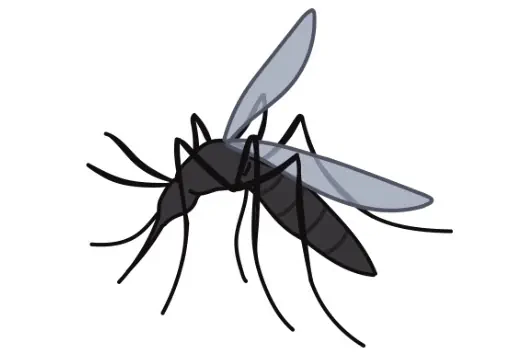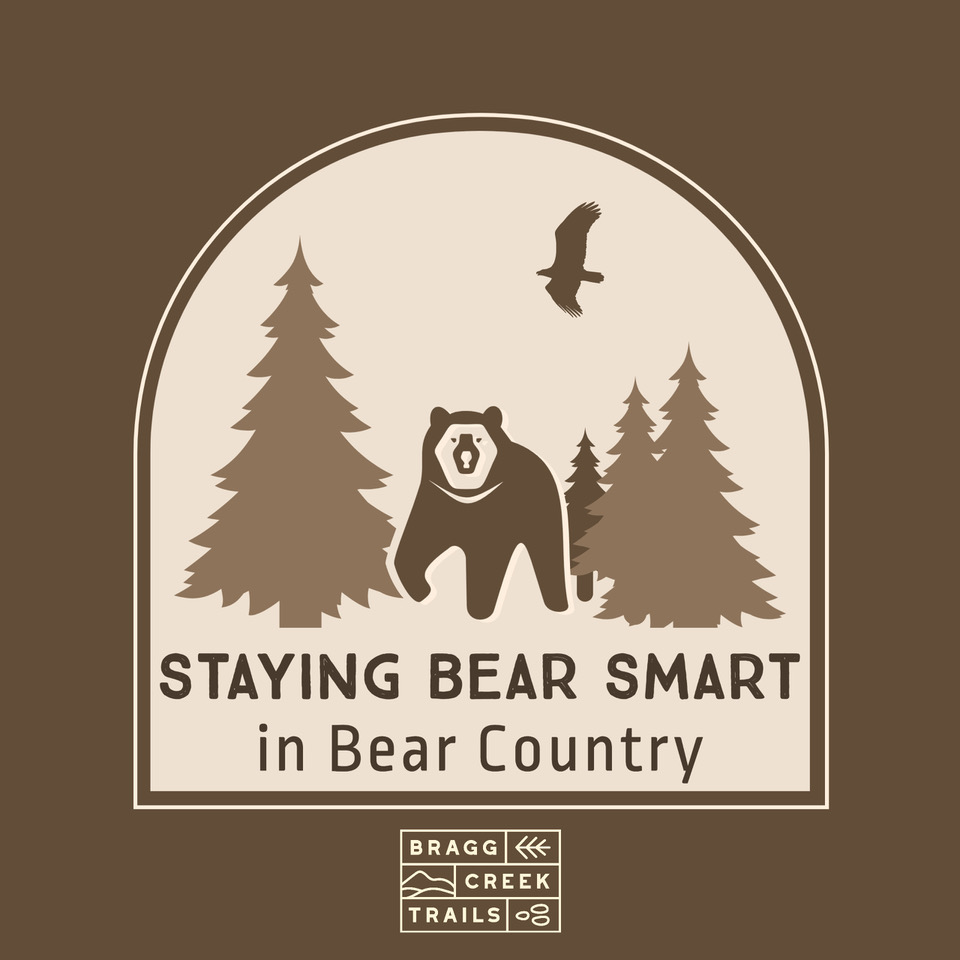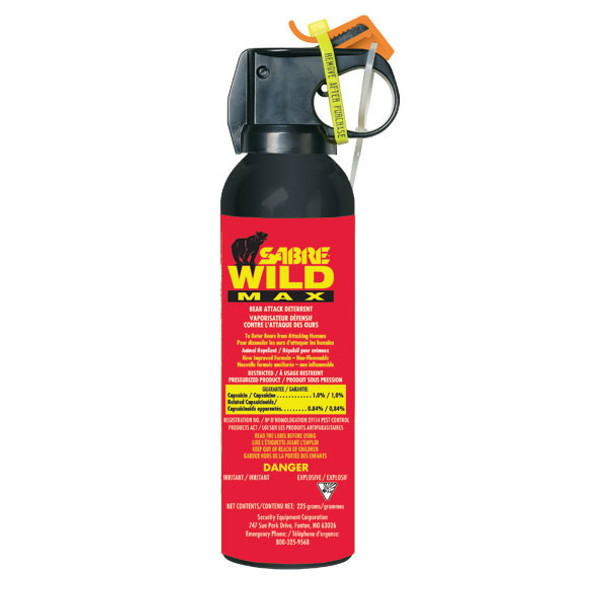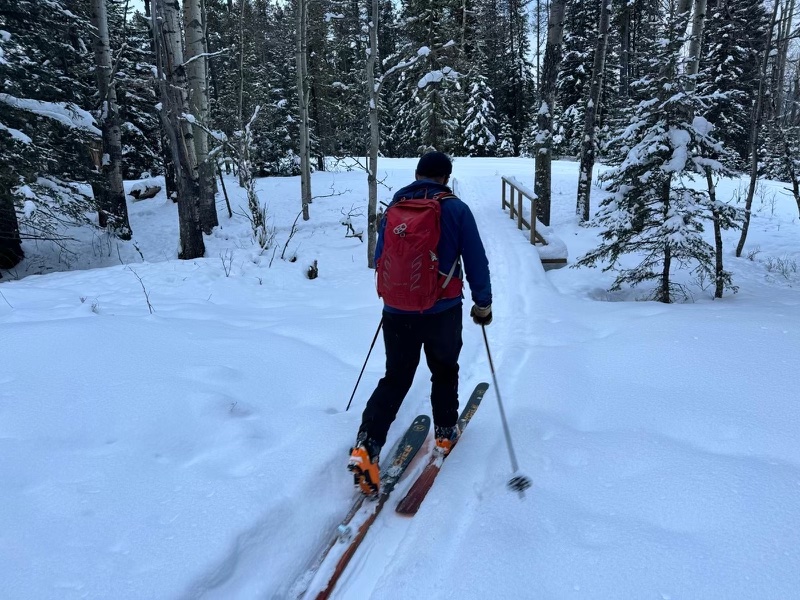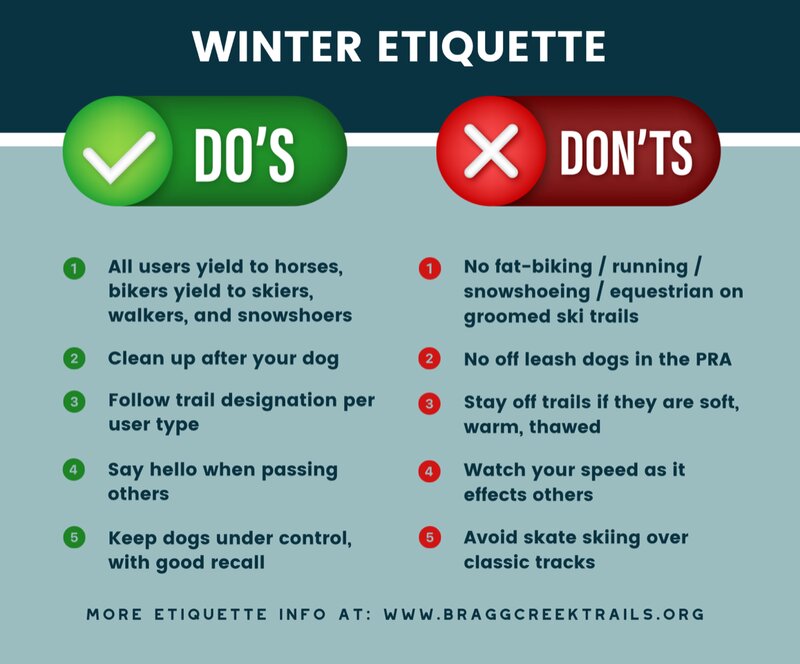Generally we think of spring as prime tick season in Alberta. While not technically wrong, it is a bit misleading because ticks are active throughout the summer and fall seasons as well. Any time temperatures rise above 4 degrees Celsius, expect to see ticks.
Many different species of ticks call Alberta home, the majority of which do not carry Borrelia (B.) burgdorferi, the bacteria that can cause Lyme disease. In addition to Lyme, ticks can also transmit different diseases including encephalitis, typhus, tick paralysis, tularemia, Powassan virus, and both Colorado and Rocky Mountain Spotted Fever. Thankfully, the risk of getting Lyme or any other tick-borne disease in Alberta is very low.
As with anything potentially dangerous, prevention is key. Understanding tick behaviour will help in your effort to prevent ticks bites in the first place. Like mosquitos, ticks are attracted to carbon dioxide, and will find their way to a sedentary host; think a sleeping deer in tall grass. But that’s not their only method of finding a potential host. Ticks will perch themselves on grass, the taller the better, and wait for a suitable host to pass by. As the host (human or otherwise) brushes through the grass the tick will attach itself to them. Once on the host, the tick will begin searching for warm skin and a place to hide. Popular places include head and hair, armpits, behind the knees, groin area, and bellybutton. Due to their small size they are almost undetectable as they search for a location. After they find their preferred spot they will sink their mouth parts into the skin and beginning sucking blood.
If you see a tick crawling on you, they are easily removed by simply brushing them off. If they have already bit you, the removal process is a little more in depth. Using a pair of tweezers grasp the tick as close to its mouth as possible and gently pull straight away from the skin until its mouth releases its grasp. Grabbing the tick by the body could potentially push infected fluid back into the wound. Also don’t try to squish or burn the tick while it is attached as these methods have proved to be ineffective removal techniques. Once removed, wash the affected area with warm water and monitor the site for infection. If possible, consider submitting a photograph of the tick to Alberta’s Submit-A-Tick program via the eTick app. The province uses the data to monitor the species and distribution of ticks in Alberta and assesses the risk of acquiring tick-borne illnesses.
The good news is there are things you can do proactively to avoid ticks. Keeping skin covered with a hat, long sleeves, and pants tucked into your socks are excellent strategies. It’s also easier to see ticks on light-coloured clothing. Insect repellents that contain DEET have proven useful. Using products containing 0.5% permethrin on your clothing and outdoor gear (tent, backpack, etc) has also proven to be effective. Avoiding known tick areas will also help. The Friends of Kananaskis Country report the following places to be particularly tick-y, “Yamnuska, Sibbald, the Sheep Valley, many places in the Bow Valley, and the tops of lower mountains like Powderface, Jumpingpound, and others.” At the end of your activity, do a quick search before getting into your vehicle and then a thorough search once you get home.
For additional information about ticks, their distribution, and the risk of tick-borne illnesses, please refer to this Government of Alberta website.




